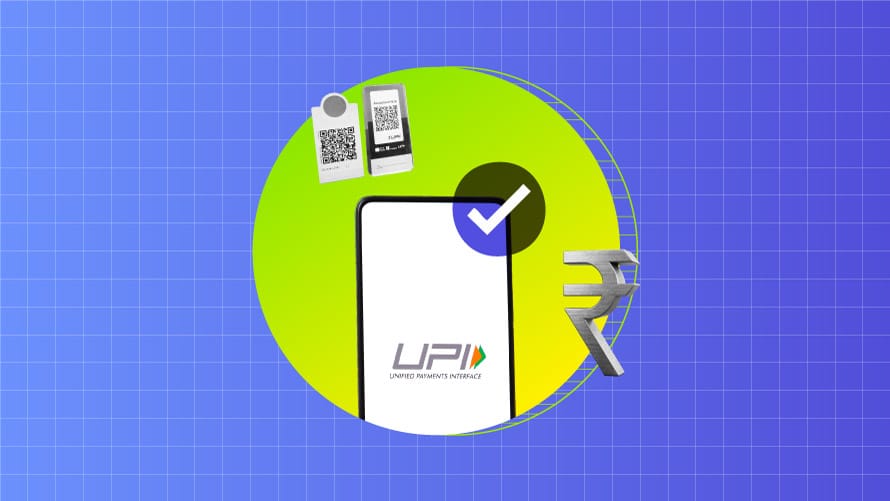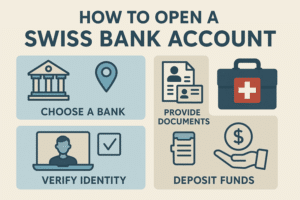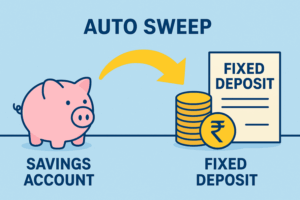
UPI has revolutionized the way digital payments are done in India. Arguably, it is the easiest, safest, and fastest mode of transferring money in the country. The initiative is part of the government’s efforts to formalize the economy and transform it into a cashless one. To use UPI, one should know how to send money using the system. Let’s find out more about how to use UPI and the important guidelines for UPI operations.
How to use UPI to transfer money?
Install the UPI app that lets you send money in different ways. Any of these methods, a phone number, a QR code, a UPI ID, or an account number, is simple to use. To understand how to use UPI and send money using these, you need to follow some steps. It’s simple and safe to send money with UPI.
Choose a contact or select a mobile number
If you want to learn how to make UPI payments, the first step is to choose a beneficiary or enter a mobile number. Sending money is as easy as it can get. You only need to enter a mobile number or select the beneficiary, choose the amount you want to send, and enter your PIN. In a few seconds, your payment will be done.
Entering the UPI ID
To send money using a UPI ID, the person has to open the mobile payment app, enter the UPI ID of the person to whom you want to transfer money, enter the amount you would like to send across, and confirm the transaction with the PIN.
Through account number & IFSC code
The traditional method involves entering the account number and the IFSC. UPI also supports this method of payment. To transfer money to anyone, the app requires only a given account number and the IFSC, the amount, and your PIN.
Through a UPI QR Code
You can also scan the QR code of the beneficiary you want to send money through UPI. Open the app on your phone, tap Pay, and scan the QR code. After entering the amount to be paid, scan the receiver’s QR code. Now, enter your PIN to make payment through UPI.
How to secure your account from UPI fraud
Fraudsters are getting smarter by the day. UPI is a quick and easy way to move money between two individuals or bank accounts, but it can also be used to scam you. You should be aware of some common scams to keep yourself safe online and to use make full use of UPI:
- A safe practice is to only answer calls from numbers you are familiar with. If you find phone numbers on the open web, be cautious as they might not be accurate. Always check twice to make sure the person is who they say they are. Remember, your bank will never call or text you and ask for private information.
- It might be a spam message if you get a request from an account you don’t know. Pay attention to the choice you make, which is either Decline or Pay. Turn down a request if you think it might be a scam. For some reason, clicking on the Pay button might make you believe that you will get money. If you enter the UPI PIN, the money will be sent to the fraudster’s account instead.
- Criminals often take advantage of the request money tool on payment apps. They will act like they want to buy something you may have put up for sale online. Remember that you will never be asked for a PIN when money needs to be transferred to your bank account.
- A number of fake apps might try to trick you by simulating the look and feel of popular apps. If you install the fake app, it will give scamsters access to your private information, which they can use to steal money from your account.
How to transfer money through UPI
For amounts up to Rs. 2 lakh, you use the UPI payment tool. Once you have understood how to use UPI, you can send money to anyone, pay someone right away, or ask them to make a payment as the case may be. A simple smartphone can do the job for you. A UPI address is set up the same way as an email address, and it can be used as your banking address.
You don’t have to use traditional methods like NEFT, RTGS, and cheques to move money between banks. Instead, you can send and receive money right away, any time of the day or night, even on holidays. Follow these steps to make a payment through UPI:
- Download and install the UPI-compatible mobile payment app on your phone.
- To use the app, enter your login information.
- Select the beneficiary from your phone’s contact list or enter their phone number into your payment app.
- Type in the total amount you want to send, then click Pay.
- Pick the bank account from which you want to send the money.
- Next, type in your security PIN and click the Confirm button to finish the purchase.
- After you enter the amount, the money will be deducted from your bank account and transferred to the recipient’s account.
You will receive a record of the transaction on your phone and another message in your app mentioning that the money has been deducted from your account.
Things to remember when making UPI transactions
The National Payments Corporation of India launched the real-time payment system, UPI, which made interpersonal transfers a breeze. Besides, small businesses can purchase stuff from other small businesses seamlessly. Before you make UPI transactions by learning perfectly how to make UPI payments, it is better to keep the following in mind:
- It is not possible to undo UPI payments once they have been made.
- Choose the right beneficiary to send money, and never send money to a number or QR code you don’t know.
- Keep your UPI PIN private while making payments through UPI.
- You don’t need a UPI PIN when receiving money from other people.
- When you do UPI deals, you should always check the information of the receiver.
The safety features of UPI
Understanding how to make UPI payments is very important. You can use your phone to send money instantly and easily between bank accounts. The UPI payment platform employs robust security to keep your activities safe.
- For starters, it uses two-factor authentication (2FA), which means you have to enter a UPI PIN every time you make a purchase. You are the only one who knows this PIN, which makes your banking transactions safer.
- Second, the Reserve Bank of India (RBI) oversees UPI and ensures that strict online payment security rules are followed. UPI apps also secure your data, which prevents other people from accessing it without your permission and keeps your personal information safe and private.
UPI charges international fees for overseas payments
It’s essential to understand how to use UPI in India, which is completely free, but it costs money to use UPI to send money to other countries. When you use UPI to pay for things in another country, your bank sends the money to the other country.
Your bank’s international transfer fee is what costs money. You should be aware of two extra costs when you change INR to a foreign currency: the bank’s overseas transfer fee and a markup on the exchange rate. While UPI transfers may be an easy way to send money to someone else in another country, you should be aware of the foreign transfer fee and exchange rate fee to avoid any surprises.
Conclusion
The Unified Payments Interface (UPI) is an instant payment system that lets you send and receive money instantly, and also make payments using a mobile app. The NPCI has built this robust payment system that facilitates easy and cashless transactions.
It is pretty easy to understand and use. Hope this blog post has helped you understand how to use UPI ID to send money and the basics of UPI money transfer.







